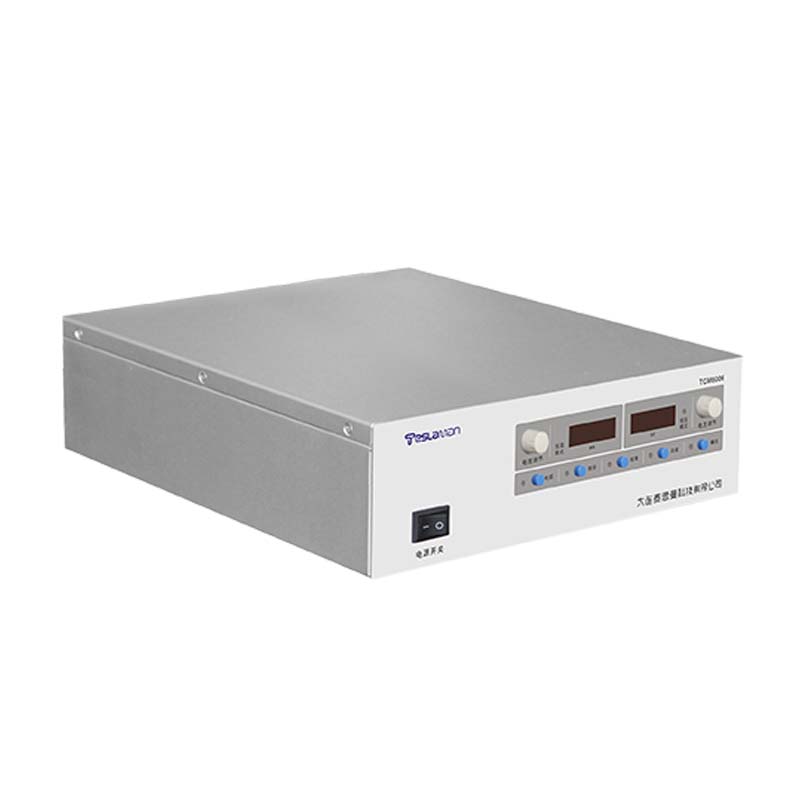Cell Microenvironment Simulation and Physiological State Monitoring in Cell Analysis Power Supplies
Cell analysis platforms such as impedance cytometry, patch-clamp systems, and organ-on-chip devices require highly controlled electrical stimulation to replicate physiological microenvironments. The high-voltage power supply in such systems must deliver precise, low-noise waveforms that simulate natural bioelectric conditions while supporting continuous monitoring of cell behavior.
The power supply features programmable multi-channel outputs capable of delivering variable voltage and frequency signals to independently address different microelectrode arrays. Each channel is isolated to prevent cross-interference and features real-time feedback loops to maintain waveform integrity.
To mimic biological conditions, the power supply can generate alternating, pulsed, or gradient fields corresponding to physiological stimuli such as nerve potentials or cardiac pacing signals. Environmental sensors for temperature, pH, and oxygen levels provide feedback to the control system, which dynamically adjusts output to maintain cell viability.
Integrated impedance spectroscopy functions monitor cell adhesion, membrane integrity, and proliferation status. These electrical measurements are correlated with optical or fluorescence data to generate a holistic view of the cell’s physiological state.
The control software uses adaptive learning algorithms to correlate electrical response signatures with specific biological behaviors, allowing automated adjustment of stimulation protocols. Ultra-low-noise linear regulation and shielded circuit architecture ensure that even femtoamp-level currents can be detected without interference.
By combining precise power control, real-time feedback, and intelligent analysis, this advanced power supply enables accurate simulation of cellular environments and detailed monitoring of cell responses, supporting research in electrophysiology, tissue engineering, and biomedical diagnostics.




















